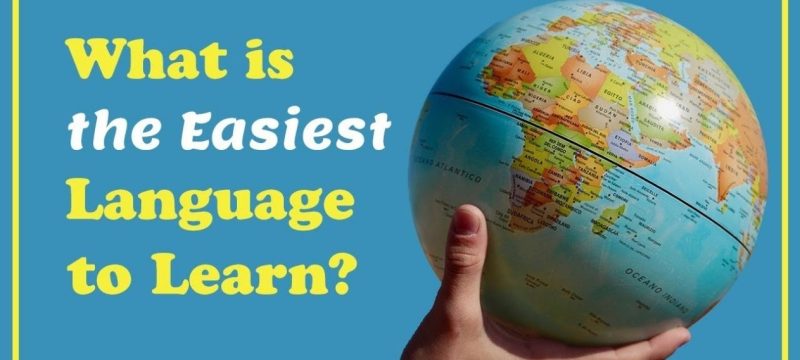Learning a new language can be exciting. But some languages are easier to learn than others. If you’re an English speaker, certain languages are more beginner-friendly. In this guide, we’ll explore the easiest language to learn and other simple options to consider.
Why Some Languages Are Easier for English Speakers
Languages that share roots with English are often easier to learn. English is a Germanic language. So, languages from the same family have similar words and grammar. These similarities make learning smoother.
The Easiest Language to Learn: Norwegian
Norwegian tops the list. It’s a Germanic language, like English. Here’s why it’s easy to learn:
- Simple Grammar: No verb conjugations based on subject.
- Clear Pronunciation: Words are pronounced as they are written.
- Shared Vocabulary: Many words are similar to English.
Other Easy Languages to Learn
1. Spanish
Spanish is widely spoken. It’s also phonetic, meaning words are pronounced as they are written. This makes it easier for English speakers to learn.
2. French
French shares a lot of vocabulary with English. While pronunciation can be tricky, the grammar is straightforward.
3. Italian
Italian is similar to Spanish and French. It has clear pronunciation and a lot of shared vocabulary with English.
4. Dutch
Dutch is a Germanic language, like English. It has similar sentence structures and vocabulary, making it easier to learn.
5. Swedish
Swedish is another Germanic language. It has simple grammar and shares many words with English.
6. Portuguese
Portuguese is similar to Spanish. It has regular pronunciation rules and shares a lot of vocabulary with English.
7. Danish
Danish is closely related to Norwegian and Swedish. It has simple grammar, though pronunciation can be challenging.
8. Romanian
Romanian is a Romance language. It has simple grammar and shares vocabulary with English.
9. Afrikaans
Afrikaans is a Germanic language. It has no verb conjugations and simple grammar rules.
10. Esperanto
Esperanto is a constructed language. It was designed to be easy to learn, with regular grammar and vocabulary from various languages.
Tips for Learning a New Language
- Practice Regularly: Consistency is key.
- Use Language Apps: Apps like Duolingo and Babbel can help.
- Watch Movies or Listen to Music: This improves listening skills.
- Join Language Groups: Practice speaking with others.
- Be Patient: Learning takes time; don’t rush.
FAQs About Learning Easy Languages
Q1: Which language is easiest for English speakers?
A1: Norwegian is considered the easiest due to its simple grammar and shared vocabulary with English.
Q2: How long does it take to learn Norwegian?
A2: It can take around 600 hours to reach an intermediate level.
Q3: Is Spanish easier than French?
A3: Spanish is often considered easier because of its phonetic nature and simpler pronunciation.
Q4: Can I learn a new language on my own?
A4: Yes, with dedication and the right resources, self-learning is possible.
Q5: Which language is best for travel?
A5: Spanish is widely spoken and useful for travel in many countries.
Conclusion
Choosing the easiest language to learn depends on your goals and interests. Norwegian is a great start for English speakers. However, languages like Spanish, French, and Italian are also excellent choices. Remember, the best language to learn is the one that excites you the most. Happy learning!
For more updates, check our latest guide on the Beijing Floods Challenge Historically Arid Region.





